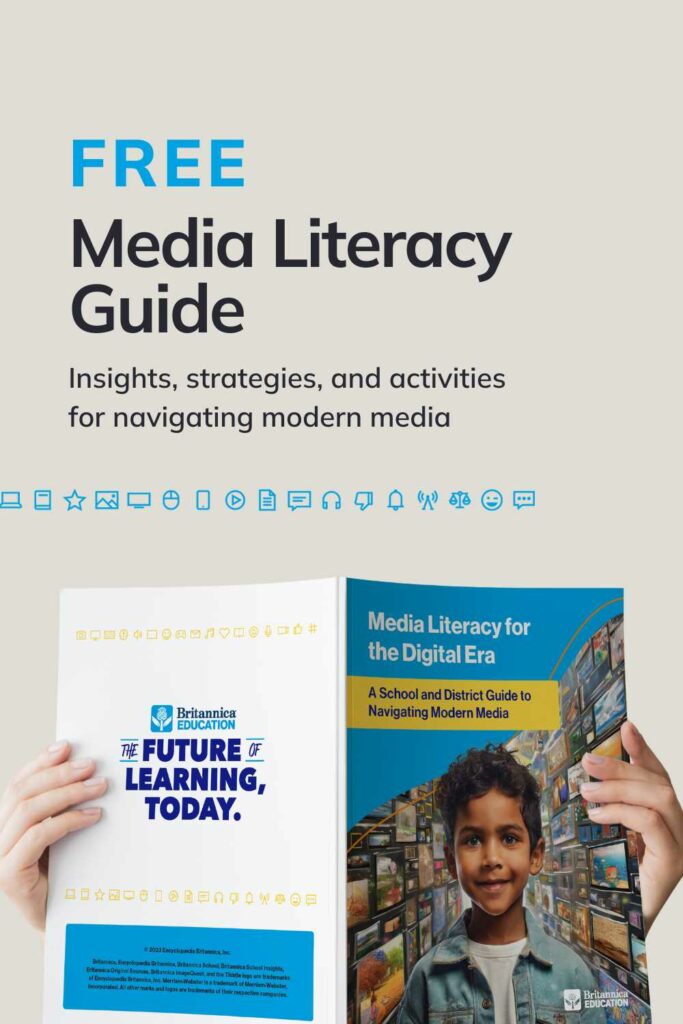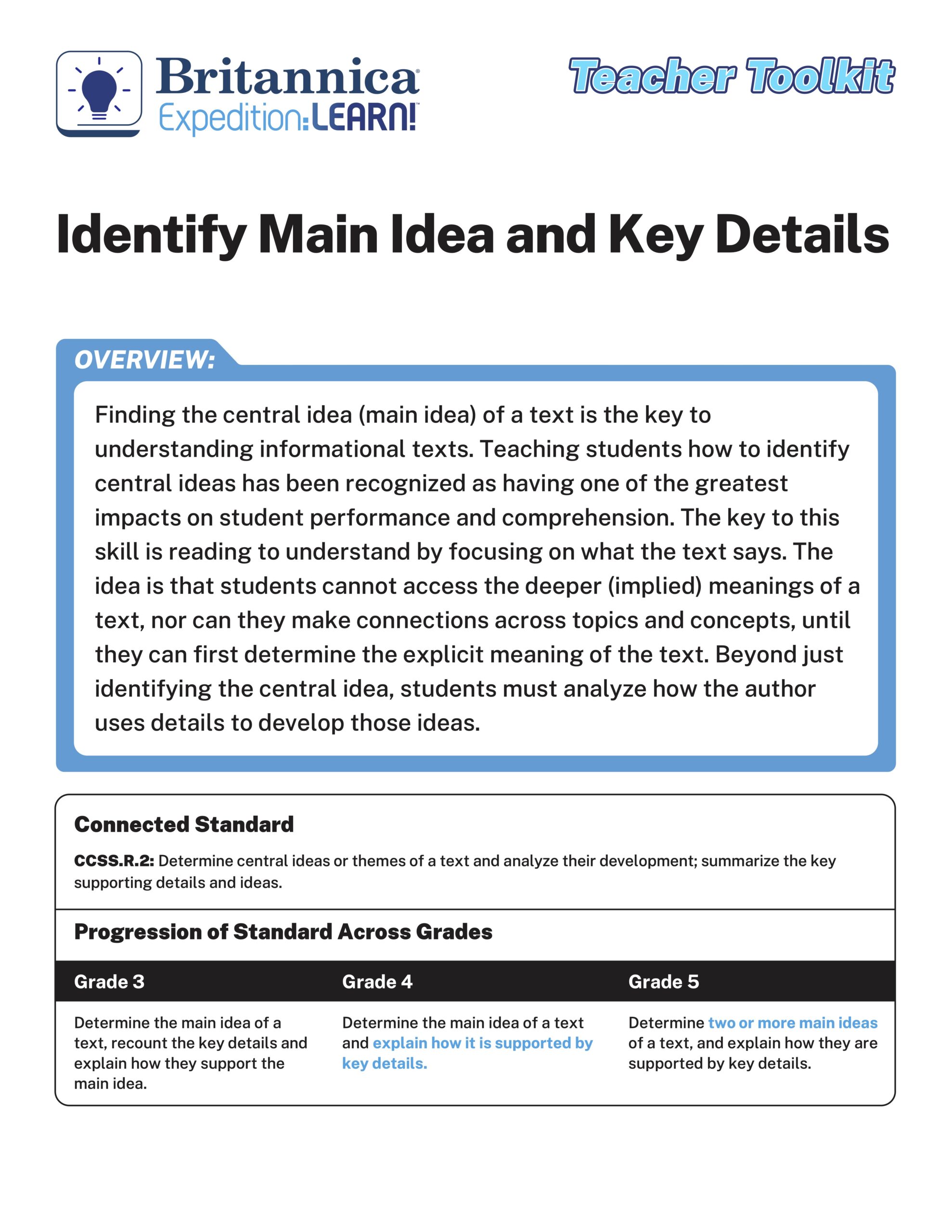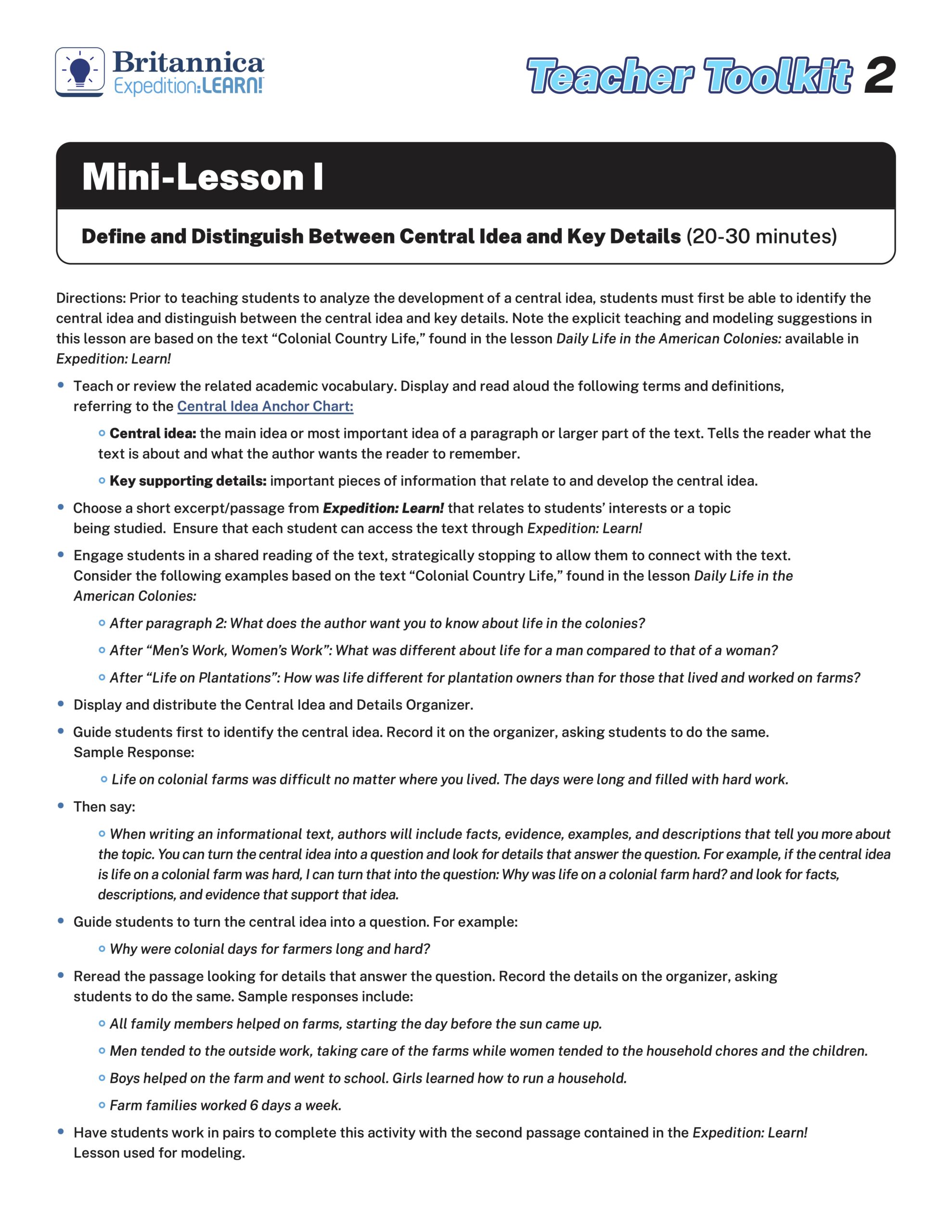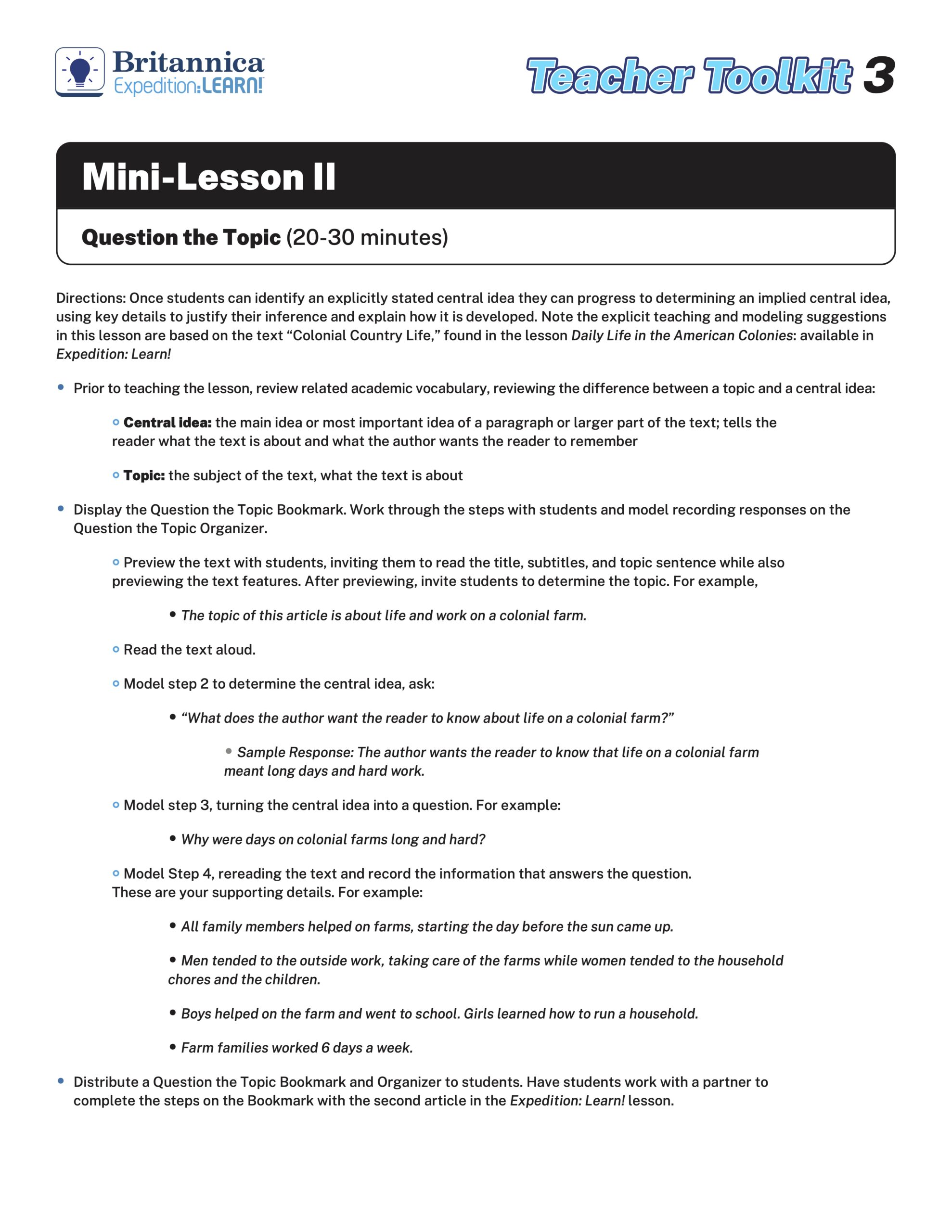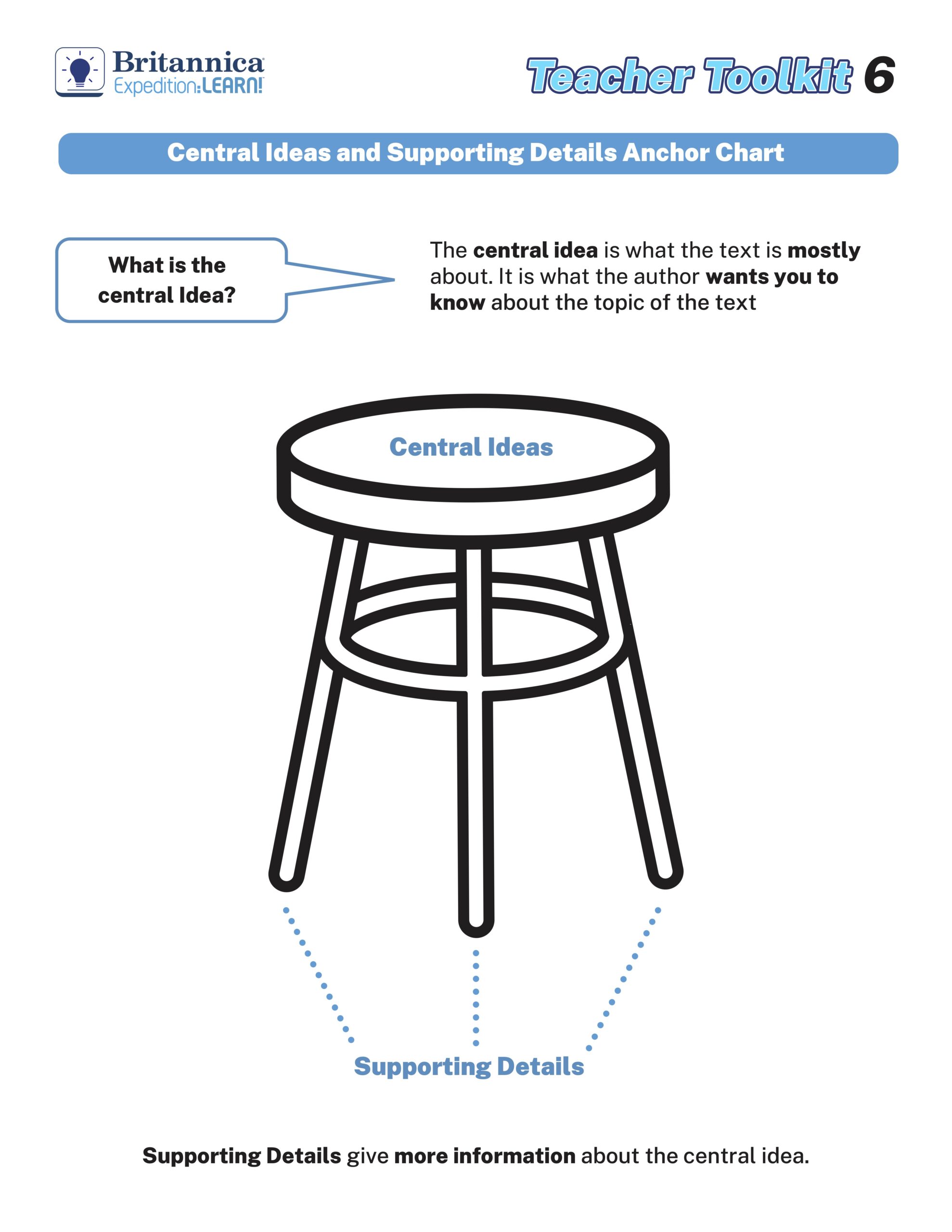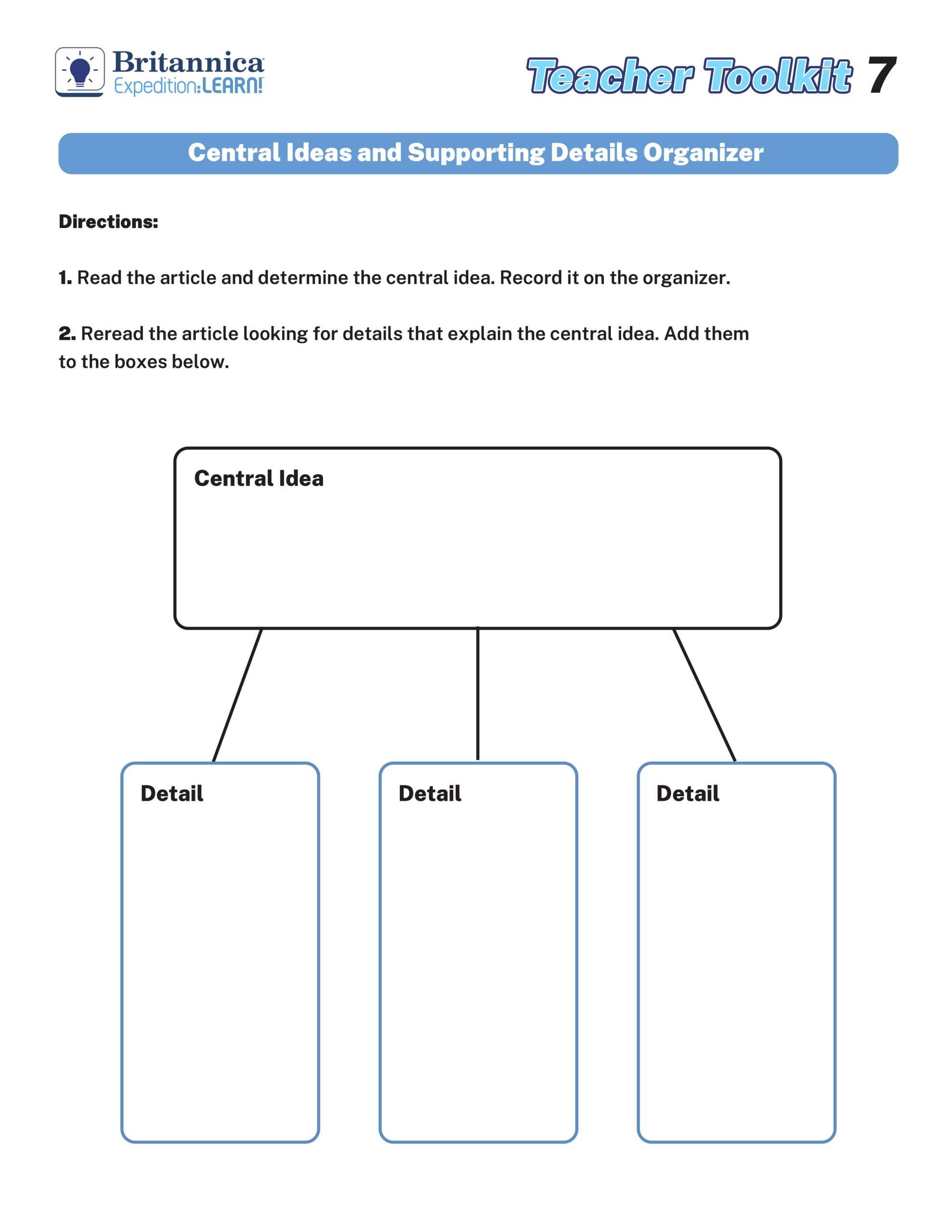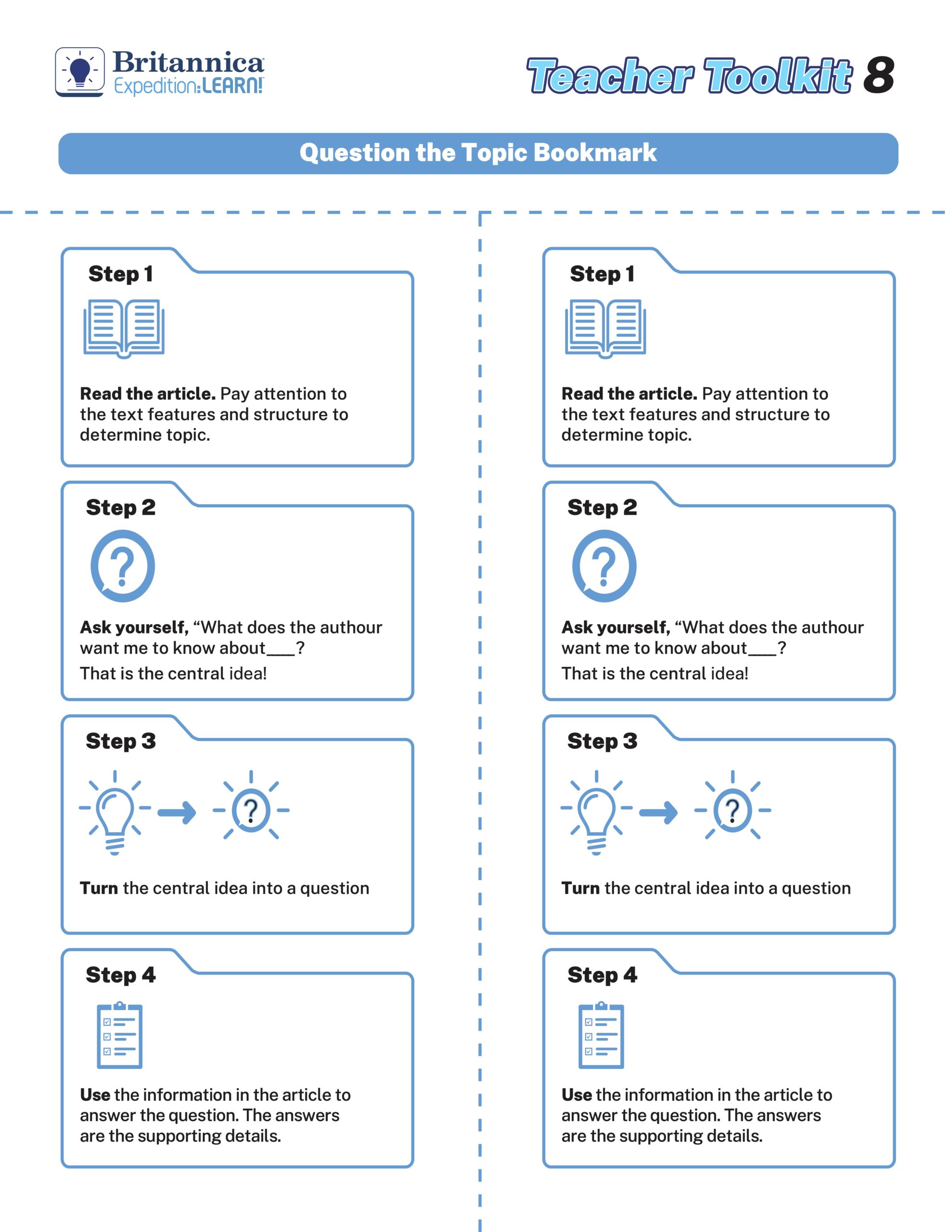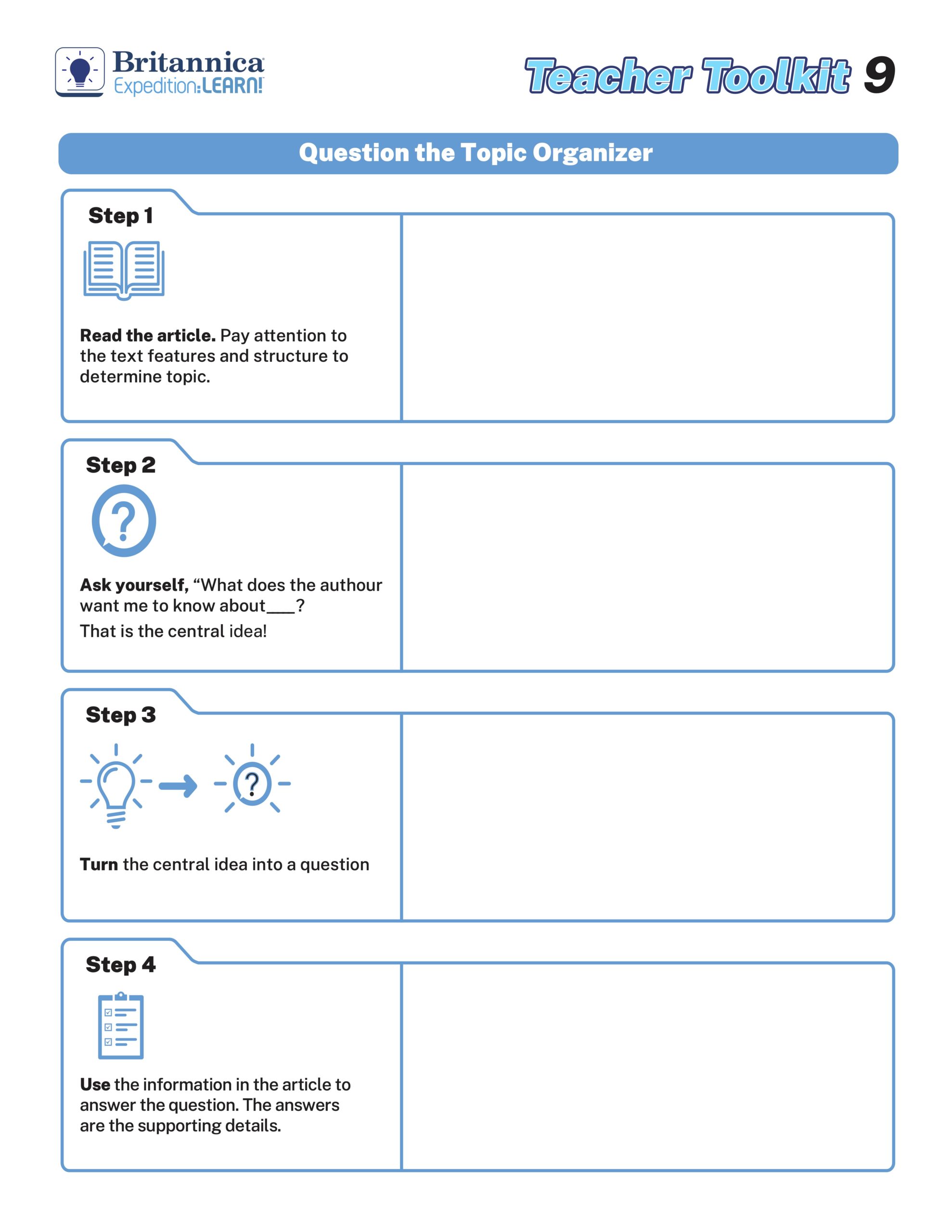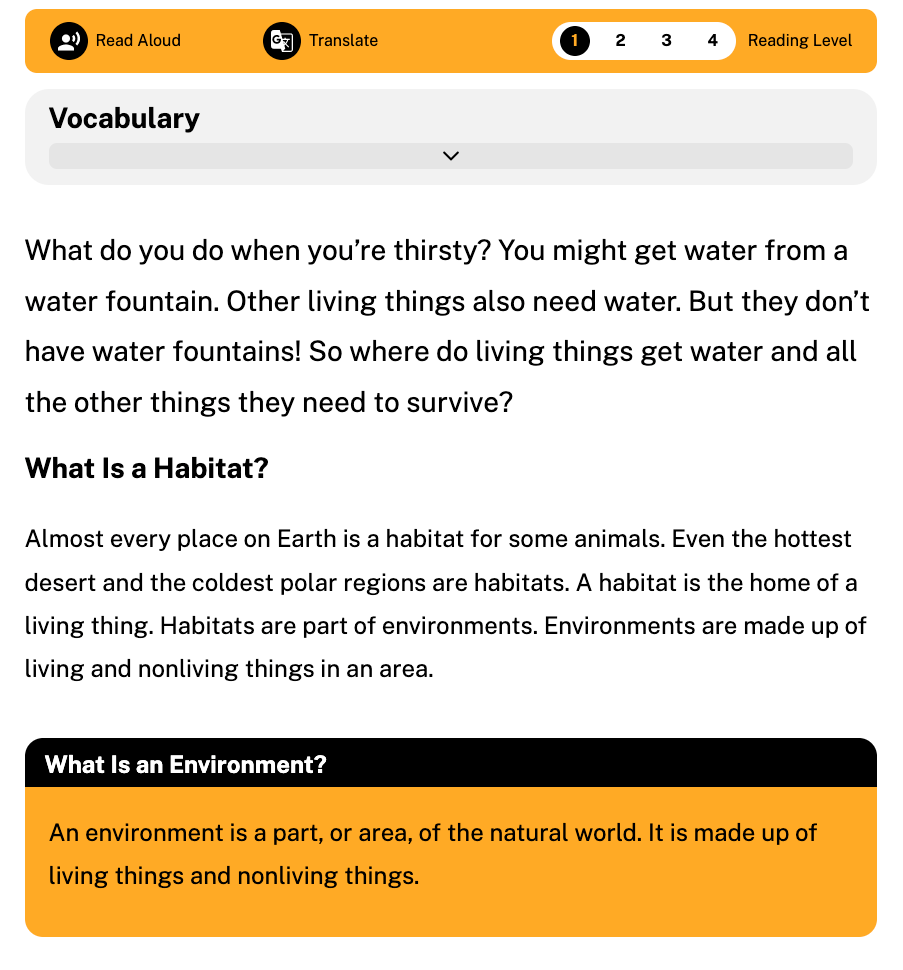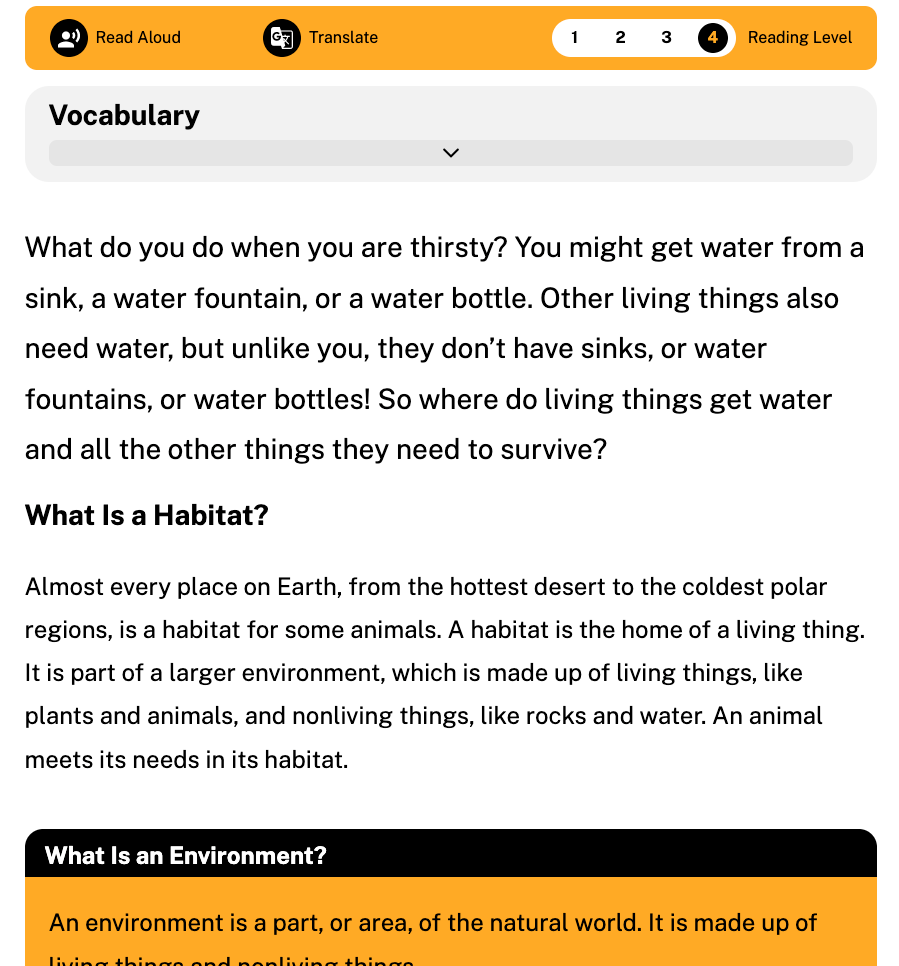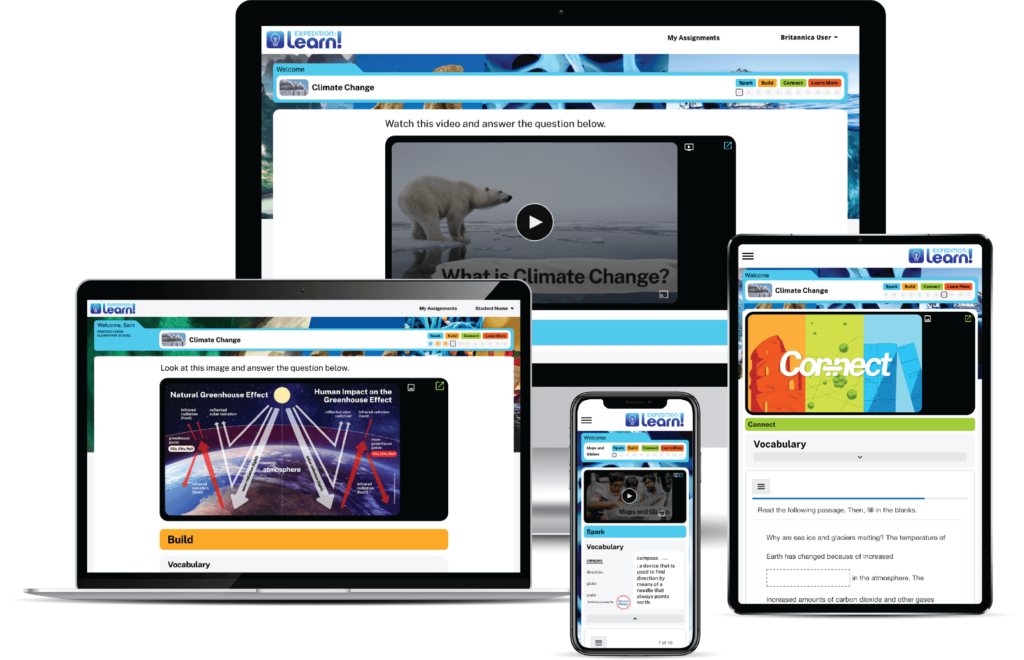This Earth Day, dig deep into our planet’s natural wonders, environment, biomes, and all the living beings, big and small, that call it home — including us! Take a quick look at the history of Earth Day and our roles in shaping our world, then take your students through enjoyable Earth Day lessons.
Earth Day is an annual global event that raises awareness about the importance of Earth’s environment and how we can protect it. It’s a perfect opportunity to engage students in lessons about our world as well as highlight growing environmental concerns and solutions, such as conservation, recycling, reducing consumption, and energy efficiency.
First celebrated in the U.S. in 1970, Earth Day was instrumental in gaining support for the series of environmental legislation that passed through the U.S. Congress in the 1970s, including the Clean Air, Clean Water, and Endangered Species Acts. Then, 1990 ushered in a global Earth Day, and today, the observance is recognized by over one billion people in more than 192 countries. That makes Earth Day, celebrated on April 22, the largest civic event worldwide!1
What role does education play in Earth Day?
Educators are critical in building students’ environmental literacy through establishing background knowledge in science, history, and society — and how these intricate connections impact our planet. The role of education is so important, in fact, that the United Nations made climate literacy a core feature of worldwide school curricula.2
So, how can schools and libraries make a difference? In addition to introducing students to key ideas around conservation, ecology, pollution, and environmental protection, these essential educational settings provide students with important opportunities to conduct research, both in a group or class setting and independently, and gain more knowledge about the environment. Even more, classrooms are a great forum for learners to ask questions about difficult topics, collaborate on Earth Day projects, and be exposed to sustainable practices.
Four Fun Earth Day Activities for Students
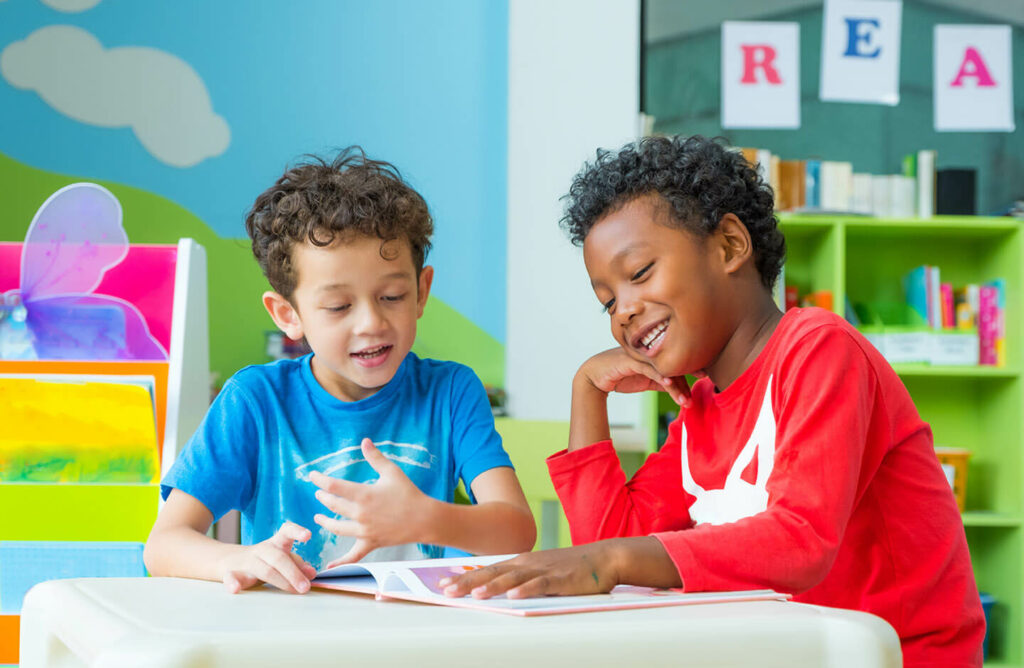
Activity 1: Build a Biome
Grade Range: PreK-2
Suggested Resources: Britannica School: Early Elementary’s “Fundamentals” and ImageQuest Jr.
In this activity, your young learners will use Britannica School: Early Elementary’s “Fundamentals” feature to explore the world’s major biomes and choose one to research. Through engaging, age-appropriate videos, they will learn about the climate, animals, and plants that make each biome unique. Once the students have answered the following questions about their biome, connect as a group to share everyone’s findings.
Suggested Questions:
- If you could live in any biome, which one would you choose? Why?
- What would the climate in your favorite biome be like?
- Which animals would live in your biome?
- What types of plants would you find in your biome?
- What do you like most/least about your biome?
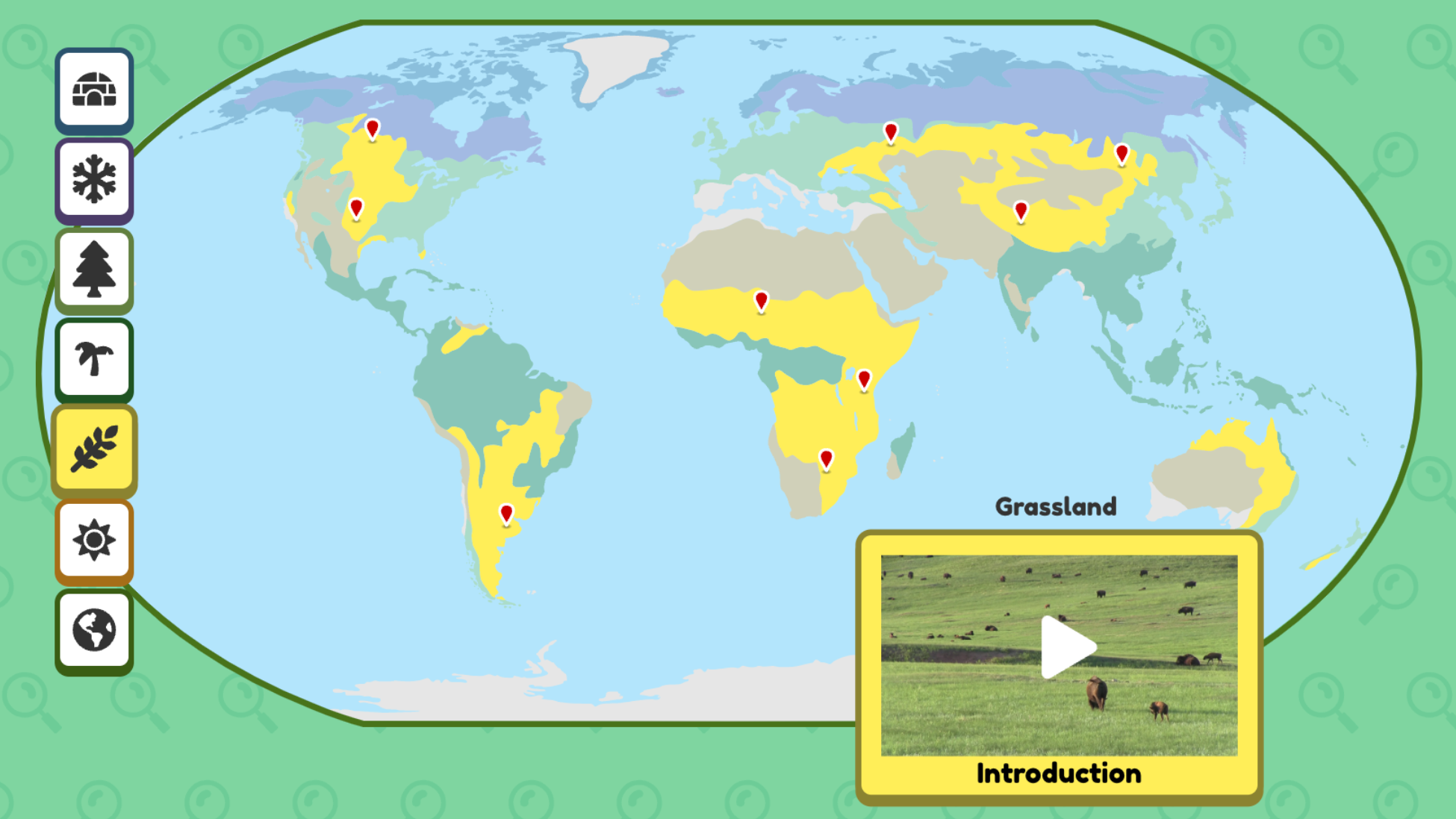
Bonus! Resource Extension — As your little ones learn more about their biome, invite them on a visual exploration of the incredible life and natural phenomena in their biome with ImageQuest Jr.’s captivating photo and video collections.
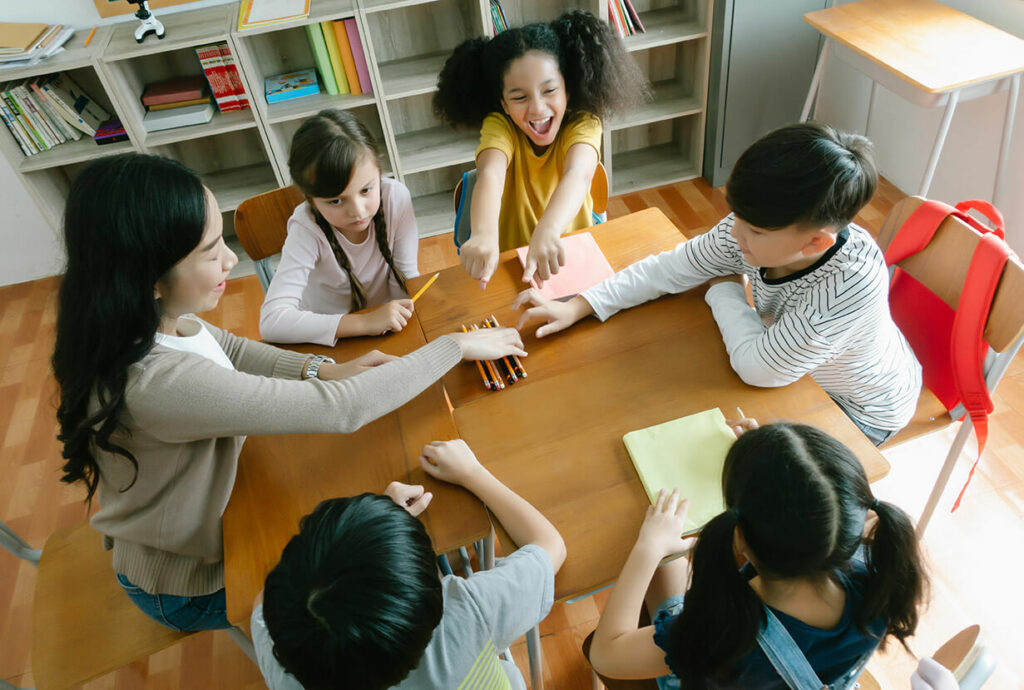
Activity 2: Meteorologists in the Making
Grade Range: 3-5
Suggested Resource: Britannica LaunchPacks “Weather and Climate”
Help your budding meteorologists understand weather and climate phenomena by customizing your own Britannica LaunchPacks lesson. Once you’ve curated your ideal plan, complete with interesting articles and visually appealing multimedia, it’s time to begin! Start by having your students read the texts and watch quick videos about weather, then answer the following questions.
Suggested Questions:
- What are some tools meteorologists use to gather information about the weather?
- What is the water cycle, and how does it affect weather patterns?
- What role do satellites play in monitoring weather patterns?
- Why do oceans and land have different effects on weather? What happens to wind and rain when they hit mountains?
Bonus! Activity Extension — Make your weather and climate lesson more interactive by assigning students to keep a month-long weather log. They’ll track the temperature, conditions, precipitation, and weather events, as well as research different kinds of weather phenomena that occur over the next few weeks. They will end their weather log by connecting it back to what they learned throughout the lesson.

Activity 3: Understand Your Carbon Footprint
Grade Range: 6-8
Suggested Resources: Expedition: Learn
This activity begins with a curated, standards-aligned Expedition: Learn lesson that introduces students to concepts around how humans and the environment interact. Through videos, images, and text that spark curiosity and build understanding, students will learn everything from how geography influenced settlement to how people can have both negative and positive effects on the environment. Encourage your students to think through a few important questions (below) before beginning their activity.
Suggested Questions:
- What do you know about how people use the natural environment? What would you like to find out?
- What are some of the causes of environmental problems?
- How do you impact the environment?
- How can people make a positive impact on our environment?
- What is conservation, and why does it matter?
After working through the lesson contents, make learning stick with an interactive activity. Discuss with students how humans contribute to carbon emissions. Provide students with a resource link to a carbon calculator like this one. Students can then enter information to learn about their own personal carbon emissions. Ask students to list ways that they personally impact the environment, then brainstorm a list of ways they might be able to reduce their own carbon footprint. Ask for volunteers to share their number and their plan to lower it.
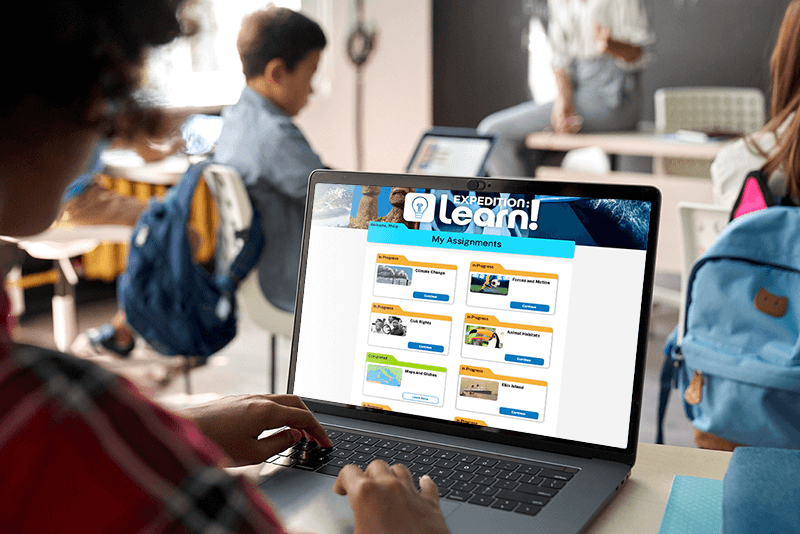
Bonus! Teacher Tools — Like all Expedition: Learn lessons, this topic comes complete with explicit instruction materials, featuring a lesson summary, key concepts, standards list, and opportunities to extend learning, such as this carbon footprint activity.

Activity 4: Share Environmental Stories
Grade Range: High School
Suggested Resource: ImageQuest “Image Story” Project
In this activity, your students use ImageQuest to tell a story that communicates key information about their selected research topic. Visit ImageQuest, then go to the “Project Ideas” in the main menu. From there, visit “Image Story” and scroll down to “Project Scenarios,” where you’ll find a curated High School science lesson on “An Environmental issue.” Share your own image story with students to model your expectations for information and the use of any literary devices.
Have your students work in small groups to select an environmental issue that interests them. Your learners can use images to recount how a country struggles with the issue and relate information about it to their peers. Have students share their stories as slide presentations, print products, or electronically within a digital class forum.
Suggested Questions:
- Which environmental issue did you choose to investigate? Why?
- What caused this issue?
- What have been some of this environmental issue’s effects over time?
- Have there been attempts to control the issue and hopeful solutions? Please explain.
- How do populations around the world play a role in the environmental story?

Bonus! Create Albums — ImageQuest has features to help with student projects! Gather and save possible images to use in My Media. Create and label albums to organize images. With millions of high-quality rights-cleared multimedia, including expansive topical galleries, ImageQuest is an ideal way to tailor a project to any grade level and make learning fun.
Make this Earth Day one to remember for your students! No matter which activity fits your group, your Earth Day celebrations can help your students better understand the environment and inspire each other to make a positive impact on our world.
Not a subscriber? Contact Us.
References
- EARTHDAY.ORG. Earth Day: The official site. https://www.earthday.org/
- EARTHDAY.ORG. (2023, July 13). Our successes – Earth Day. https://www.earthday.org/our-successes/

